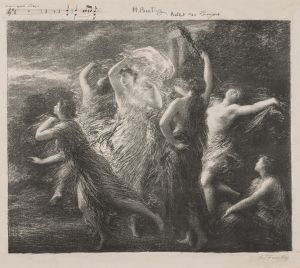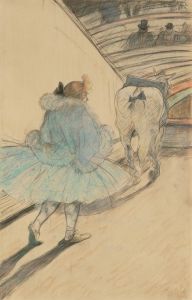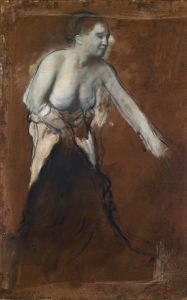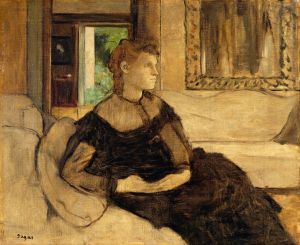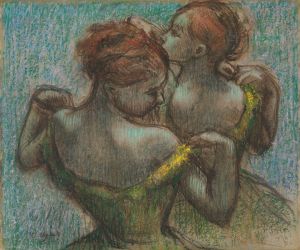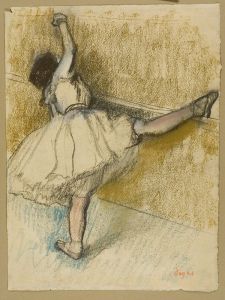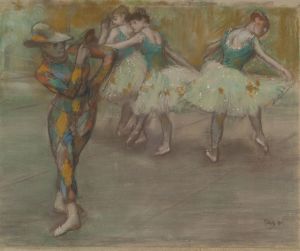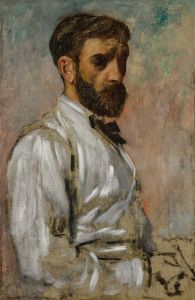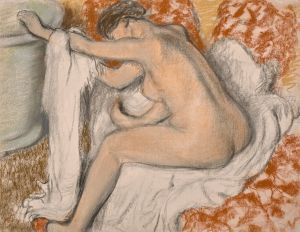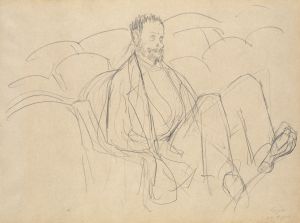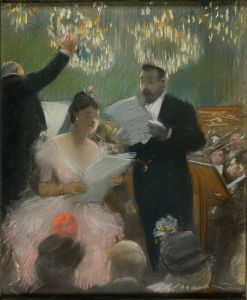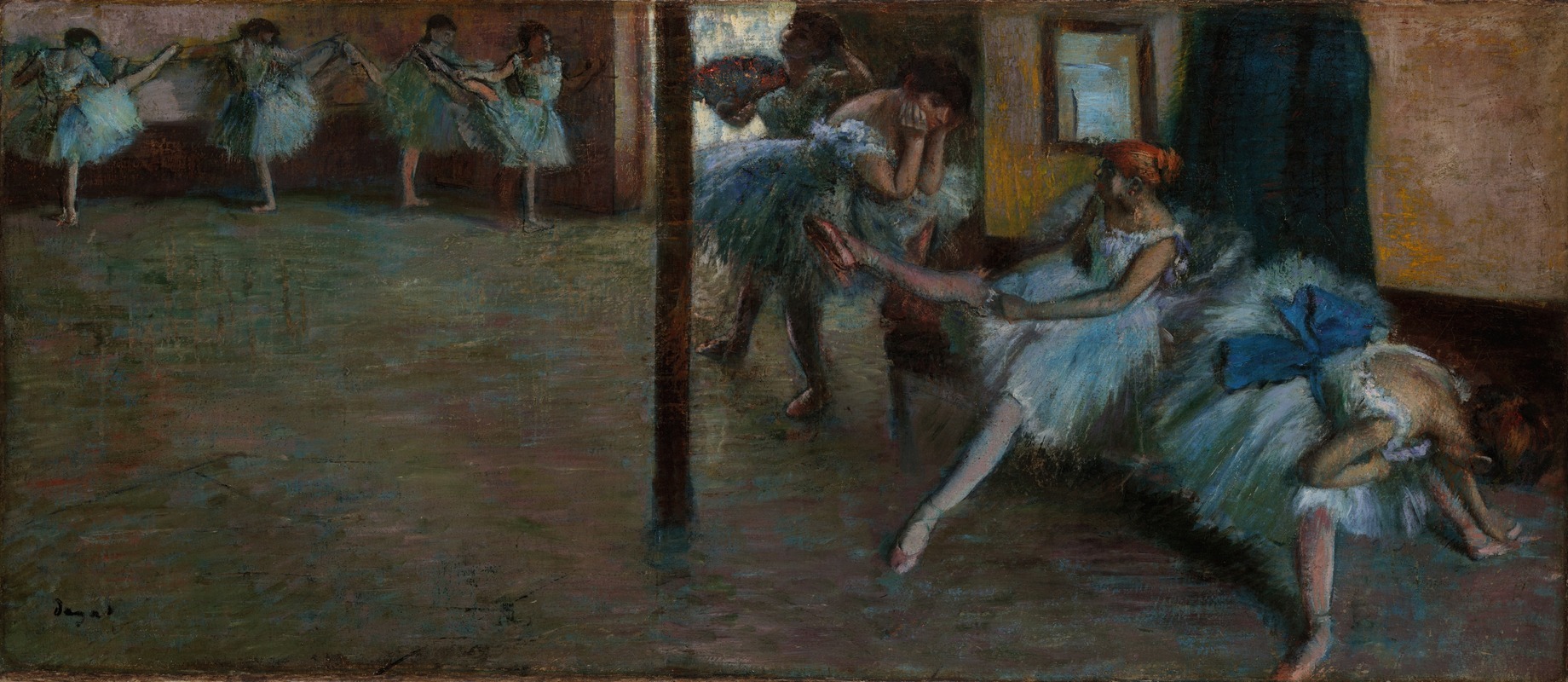
The Ballet Rehearsal
A hand-painted replica of Edgar Degas’s masterpiece The Ballet Rehearsal, meticulously crafted by professional artists to capture the true essence of the original. Each piece is created with museum-quality canvas and rare mineral pigments, carefully painted by experienced artists with delicate brushstrokes and rich, layered colors to perfectly recreate the texture of the original artwork. Unlike machine-printed reproductions, this hand-painted version brings the painting to life, infused with the artist’s emotions and skill in every stroke. Whether for personal collection or home decoration, it instantly elevates the artistic atmosphere of any space.
The Ballet Rehearsal by Edgar Degas
The Ballet Rehearsal is a painting by the French artist Edgar Degas, renowned for his depictions of dancers and scenes from the world of ballet. Degas, a prominent figure in the Impressionist movement, created numerous works that explored the behind-the-scenes world of ballet, offering an intimate glimpse into the lives of dancers and the rigorous discipline of their craft.
This particular painting, completed in 1873–1874, is one of Degas's many works focusing on ballet rehearsals. The artwork is executed in oil on canvas and measures approximately 65 cm by 81 cm. It is currently housed in the Musée d'Orsay in Paris, France, which holds an extensive collection of Degas's works.
In The Ballet Rehearsal, Degas captures a moment during a ballet practice session. The composition is notable for its dynamic arrangement and use of perspective. The dancers are depicted in various poses, some practicing their movements while others rest or adjust their costumes. The scene is set in a rehearsal studio, with a spiral staircase visible in the background, adding depth and structure to the composition. Degas's use of light and shadow enhances the realism of the scene, while his loose brushwork conveys a sense of movement and spontaneity.
Degas was deeply interested in the human figure and often used unconventional perspectives and cropping in his compositions. In this painting, he employs an elevated viewpoint, which allows the viewer to observe the dancers from above, creating a sense of detachment and objectivity. This approach reflects Degas's interest in capturing candid, unposed moments rather than idealized representations.
The painting is also significant for its exploration of the physical and emotional demands of ballet. Rather than focusing solely on the grace and beauty of the dancers, Degas portrays them as hardworking individuals engaged in the repetitive and often exhausting process of rehearsal. This perspective was a departure from the more romanticized depictions of ballet that were common at the time.
Degas's fascination with ballet was a recurring theme throughout his career, and his works on this subject are considered some of his most iconic contributions to art history. The Ballet Rehearsal exemplifies his ability to combine technical skill with a keen observation of human behavior, resulting in a work that is both visually compelling and emotionally resonant.





